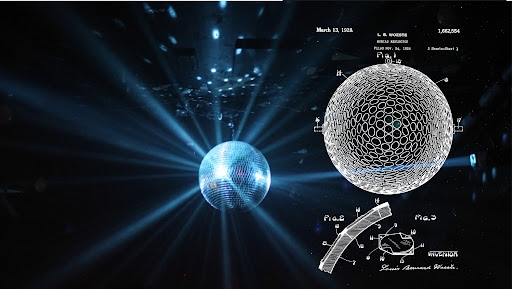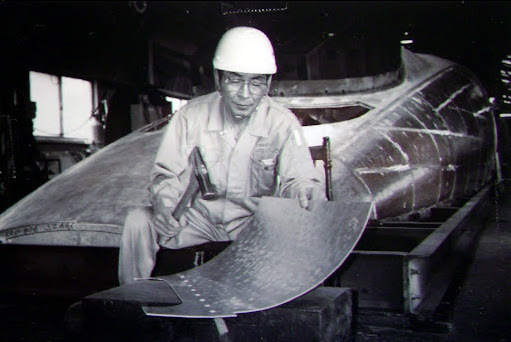IAAC – Master in Robotics and Advanced Construction
Studio I
Faculty: Raimund Krenmueller, Luciano Carizza
Faculty Assistant: Marielena Papandreou
LIGHT METALS

Credits: Disco Ball. Overlay: original patent of the “myriad reflector” from 1928
Syllabus
What are the new material tectonics afforded by digital fabrication and robotic technologies? How can we use computational strategies to create performative designs that are better adapted to their environments?
Recent technological developments are challenging the way we think about designing, manufacturing and building. In particular, computational design and digital manufacturing enable the creation and realisation of complex and differentiated geometries, allowing for designs that are highly informed by performative criteria, as well as giving rise to novel aesthetics.
Moreover, the idea of craft, implying a way of designing that is strongly driven by embodied experience and engagement with a material, has acquired a new relevance in this context: thanks to the accessibility and immediacy of digital fabrication tools, designing and making (or building) can be closely connected in a unified digital-physical workflow, instead of existing in separate realms. This studio will investigate how such technologies and strategies can be meaningfully applied in the creative development of design and architecture.

Credits: Disco Ball. Overlay: original patent of the “myriad reflector” from 1928
The Studio
Robotic Craft provides a framework for students to explore digital fabrication technologies and workflows in architecture in the development of a design-and-make project, via a series of guided exercises involving manual experiments, digital design, detailing, hands-on prototyping, robotic processing and investigations of architectural visions. As a final physical artefact, each group will build a performative prototype in 1:1, using the tools and skills developed in the studio. The topic of Robotic Craft is twofold:
In terms of materials, we will be working with metals – mostly aluminium and steel. Metals are ubiquitous in architecture thanks to their characteristic strength, durability, reliability (and recyclability) – but they are also hard to work with, requiring high energy processes and rigid equipment. Together with the know-how and experience of Luciano Carizza, we will learn how to control this stubborn, but authoritative material, and develop design and digital fabrication processes that inform one another.

Credits: Anish Kapoor, Cloud Gate, Chicago.
In terms of application, we will aim at transforming spaces through manipulating light and visibility. From lamp reflectors and mirrors to shading devices, perforated facades and translucent veils – the material properties of metals can be exploited to block, filter, reflect and guide light and views which, in combination with strength and rigidity, makes them ideal for use in large scale, light shaping devices. Aspects of geometry and computational design, joinery and structure, fabrication, assembly and finishing will be developed, with the ambition to generate novel aesthetic, spatial and performative qualities.
Learning objectives
At course completion the student will:
- Have a general understanding of digital fabrication principles and concepts applied to architecture and construction
- Be able to tackle a multi-aspect design and fabrication task using computational design and digital fabrication tools
- Have a deeper understanding of an integrated digital design and fabrication workflows
- Be able to relate material properties to manufacturing parameters and control a digital fabrication process accordingly
- Be able to design and adapt equipment (custom end-effectors, material handling tools etc.) to manipulate and process metal parts using the digital fabrication machines and 6-Axis robots at IAAC